Acetylene
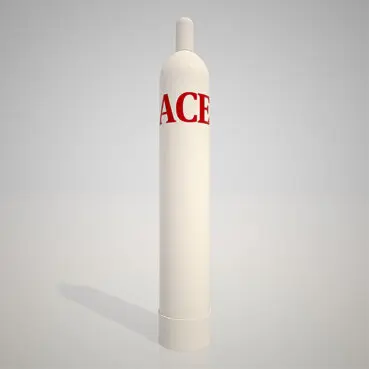
Acetylene (systematic name: ethyne) is a chemical compound with the formula C₂H₂. It is a hydrocarbon and the simplest alkyne. This colorless gas is widely used as a fuel and a chemical building block. It is unstable in its pure form and is therefore usually handled as a solution. Pure acetylene is odorless, but commercial grades usually have a distinct odor due to impurities.
Approximately 20% of acetylene is supplied by the industrial gas industry for oxy-acetylene gas welding and cutting, due to the high temperature of the flame; the combustion of acetylene with oxygen produces a flame of over 3600 K (3300 °C, 6000 °F), releasing 11.8 kJ/g. Oxy-acetylene is the hottest burning common fuel gas. The acetylene flame is the third hottest natural chemical flame after dicyanoacetylene (5260 K (4990 °C, 9010 °F)) and cyanogen (4798 K (4525 °C, 8180 °F)).
Oxy-acetylene welding was the most common welding process in previous decades. However, due to the development and advantages of arc-based welding processes, the use of oxy-fuel welding for many applications has greatly decreased. The use of acetylene for welding has significantly declined. On the other hand, oxy-acetylene welding equipment is still an excellent choice because it is versatile for welding some types of iron or steel (as in certain artistic applications) where an acetylene torch is used, as well as for brazing, braze welding, heating metal (for annealing or hardening, bending or shaping), loosening rusted nuts and bolts, and other jobs. Technicians repairing Bell Canada cables still use acetylene torch kits in manholes and outdoor locations as a soldering tool for lead sleeve splices.
Oxy-acetylene welding can also be used in areas where electricity is not easily accessible. At the same time, oxy-fuel cutting is still widely applied, and oxy-acetylene cutting is used in almost every metal fabrication shop. For welding and cutting, working pressures must be controlled by a regulator, because if the working pressure exceeds 15 psi (psig) and a shock wave occurs (e.g., caused by a flashback), acetylene will explode and decompose into hydrogen and carbon.
Acetylene is not toxic, but when produced from calcium carbide, it may contain toxic impurities such as traces of phosphine and arsine, which give it a distinct garlic-like odor. It is also highly flammable, like most light hydrocarbons, as is evident from its use in welding. Its most significant hazard is related to its inherent instability, especially under pressure: under certain conditions, acetylene can undergo exothermic addition-type reactions (polymerize) to produce a number of products, such as benzene and/or vinylacetylene. If the absolute pressure of acetylene gas, caused by rapid heating or a shock wave, exceeds approximately 200 kPa (29 psi), it decomposes explosively. Most regulators and pressure gauges on equipment indicate gauge pressure, and therefore the safe working limit for free acetylene is stated as 101 kPa or 15 psig. For this reason, acetylene is transported and stored dissolved in acetone or dimethylformamide (DMF), contained within a gas cylinder with a porous filler (Agamassan). The gas cylinder ensures the safe transport and appropriate use of acetylene. Transporting acetylene in copper pipes is impermissible because copper accelerates the decomposition of acetylene. The use of brass pipes should also be avoided.
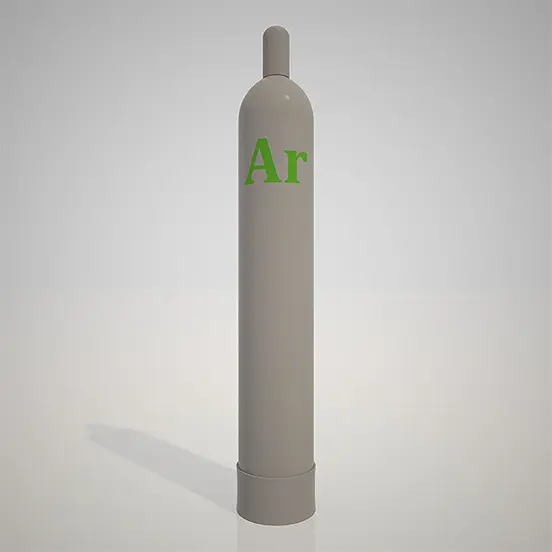
Argon is a chemical element with the symbol Ar and atomic number 18.
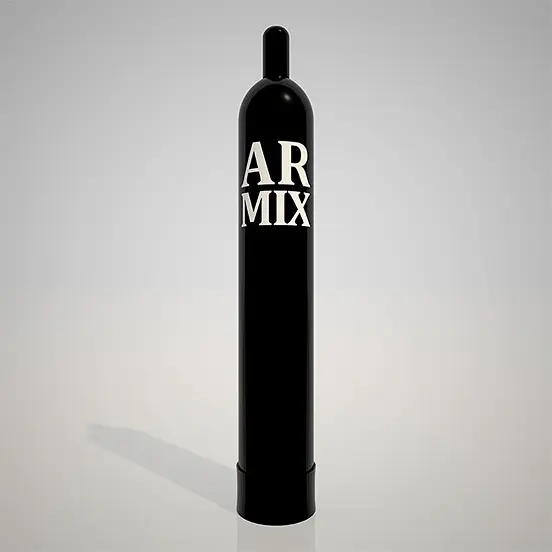
Argon-Carbon Dioxide C-50 (50% argon / 50% CO₂)
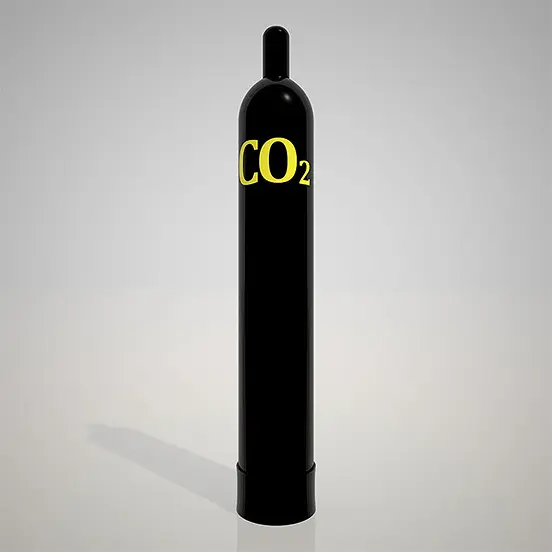
Carbon dioxide (chemical formula CO₂)

Helium is a chemical element with the symbol He and atomic number 2.
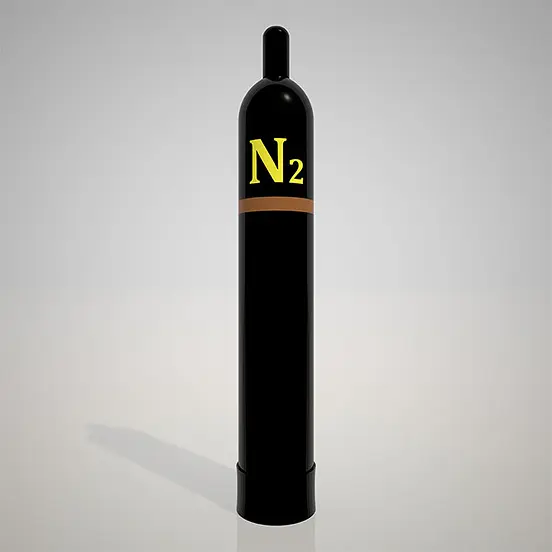
Nitrogen is a chemical element with the symbol N and atomic number seven.
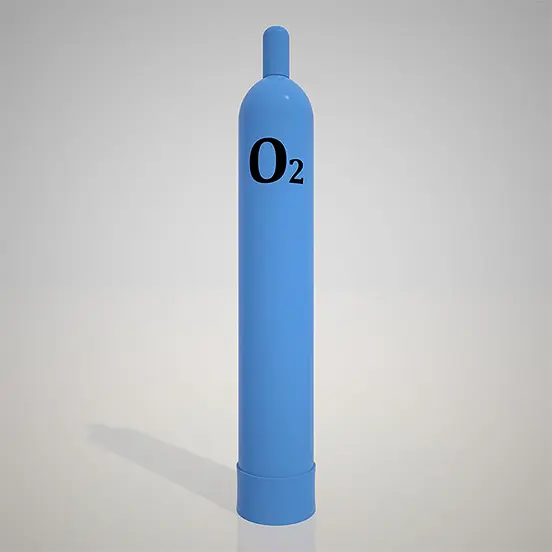
Oxygen is a chemical element with the symbol O and atomic number 8.
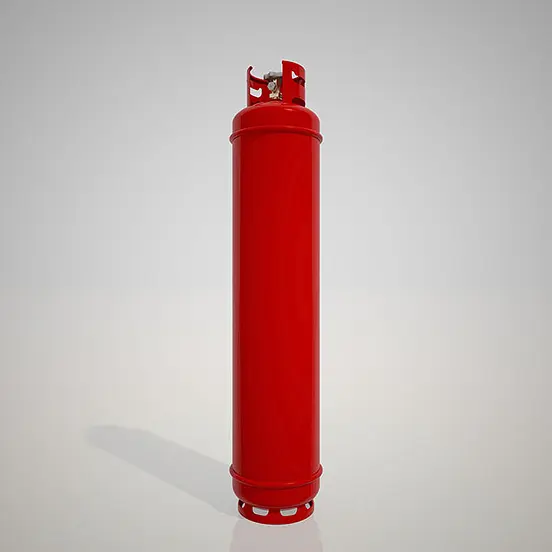
Propane (molecular formula C₃H₈) is an alkane with three carbon atoms.